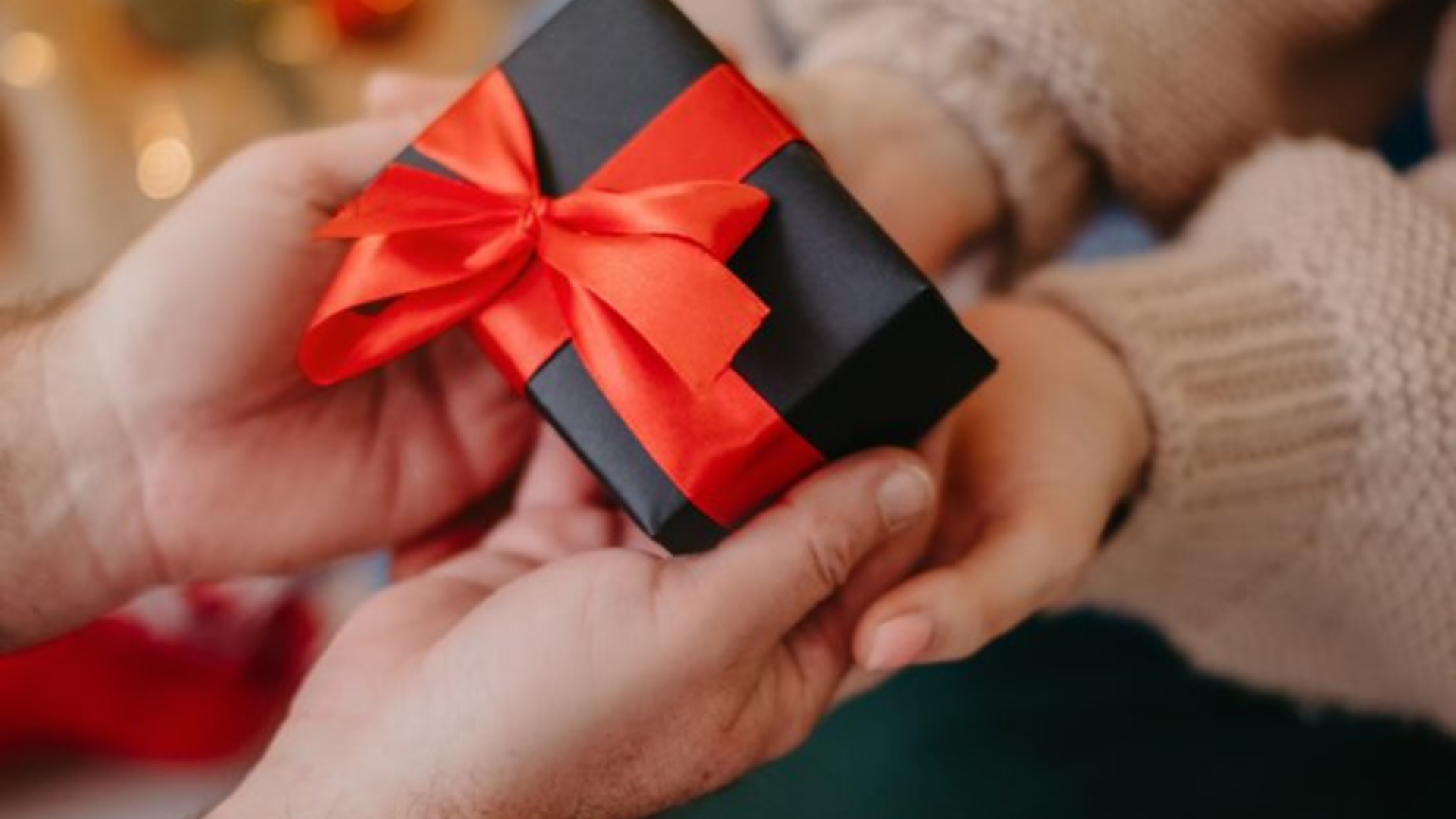Richard Sherwood
Ideal_Rock
- Joined
- Sep 25, 2002
- Messages
- 4,924
1. RESALE TO THE PUBLIC (through the classifieds):
Wholesale to wholesale plus 10-25%
2. RESALE TO FAMILY & FRIENDS (through word of mouth):
Wholesale to wholesale plus 10-25%
3. RESALE THROUGH A MAJOR AUCTION HOUSE (on short term consignment):
Wholesale neighborhood
4. RESALE THROUGH A LOCAL AUCTION HOUSE (on short term consigment):
Wholesale neighborhood
5. RESALE THROUGH A LOCAL JEWELER (on mid term consignment):
Wholesale neighborhood
6. RESALE THROUGH INTERNET AUCTION (through short term listings; Ebay):
Wholesale to wholesale minus 10 to 25%
7. RESALE TO A KNOWLEDGEABLE ESTATE DEALER (for cash outright):
Wholesale minus 35 to 60% (usually 40-50%)
8. RESALE TO A PAWN SHOP (for cash outright):
Wholesale minus 70-80%
The above figures are for a guide only, and are not set in concrete. Many factors will enter into how much you get. Top among these is proper documentation (major lab reports, professional appraisals) and patience. Desirability of the piece is a big factor. A "primo" Art Deco piece or "in demand" diamond will sell quicker and for greater value than a "out of style" or "poorly made" clunker.
If you're interested in another jewelry item, you also have the option of trading in your piece on another. Jewelers vary widely on how much they offer for trade in value, but many will offer in the wholesale neighborhood for pieces which they like.
Wholesale to wholesale plus 10-25%
2. RESALE TO FAMILY & FRIENDS (through word of mouth):
Wholesale to wholesale plus 10-25%
3. RESALE THROUGH A MAJOR AUCTION HOUSE (on short term consignment):
Wholesale neighborhood
4. RESALE THROUGH A LOCAL AUCTION HOUSE (on short term consigment):
Wholesale neighborhood
5. RESALE THROUGH A LOCAL JEWELER (on mid term consignment):
Wholesale neighborhood
6. RESALE THROUGH INTERNET AUCTION (through short term listings; Ebay):
Wholesale to wholesale minus 10 to 25%
7. RESALE TO A KNOWLEDGEABLE ESTATE DEALER (for cash outright):
Wholesale minus 35 to 60% (usually 40-50%)
8. RESALE TO A PAWN SHOP (for cash outright):
Wholesale minus 70-80%
The above figures are for a guide only, and are not set in concrete. Many factors will enter into how much you get. Top among these is proper documentation (major lab reports, professional appraisals) and patience. Desirability of the piece is a big factor. A "primo" Art Deco piece or "in demand" diamond will sell quicker and for greater value than a "out of style" or "poorly made" clunker.
If you're interested in another jewelry item, you also have the option of trading in your piece on another. Jewelers vary widely on how much they offer for trade in value, but many will offer in the wholesale neighborhood for pieces which they like.



300x240.png)